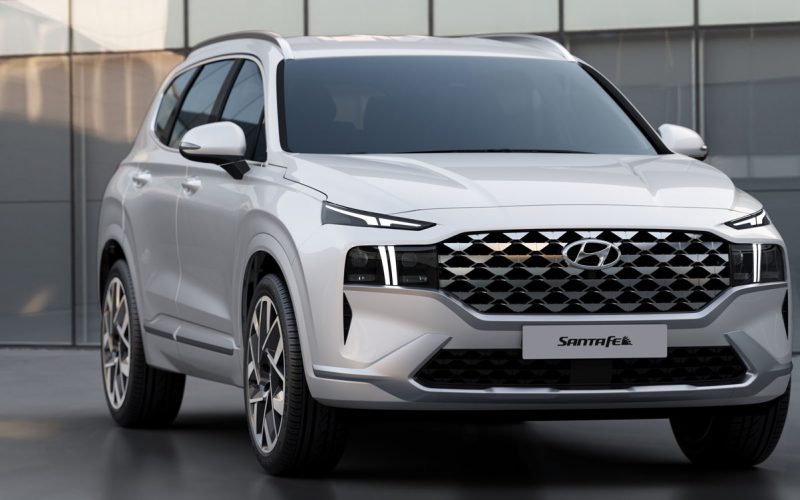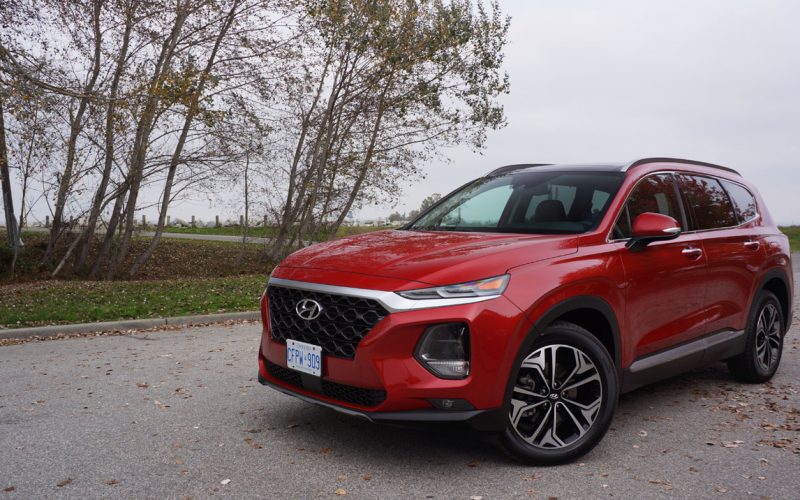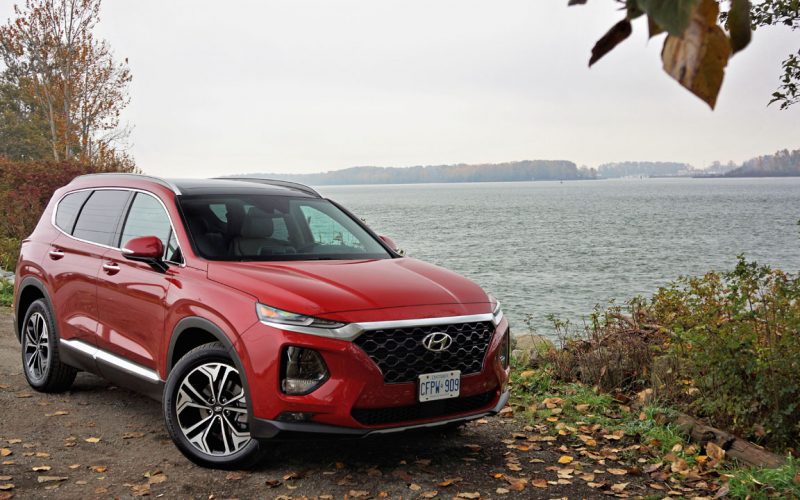
Reading Time: 7 minutesNow that the entirely new 2020 Palisade is garnering positive reviews and gaining plenty of new

Reading Time: 14 minutesNow that the upstart Genesis brand is finding its footing in the luxury sector, having initially

Reading Time: 7 minutesThe Santa Fe is one of the crossover SUV sector’s most popular entries, and it’s entirely
© 2025 The Car Magazine. All Rights Reserved, Privacy Policy | Terms of Use